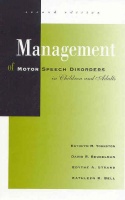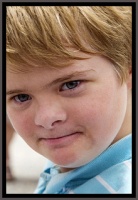
Q: Do you have a list of diagnostic indicators for young children with CAS? The best I have found has been from a seminar I attended by Dr. Barbara Davis in 2010. This is what I put together from her handout: Characteristics of Apraxia Barbara Davis does research in the area of childhood apraxia of speech and she presented a summary of research in this area at a recent seminar (Davis, 2010). She reported that the incidence of apraxia is…


